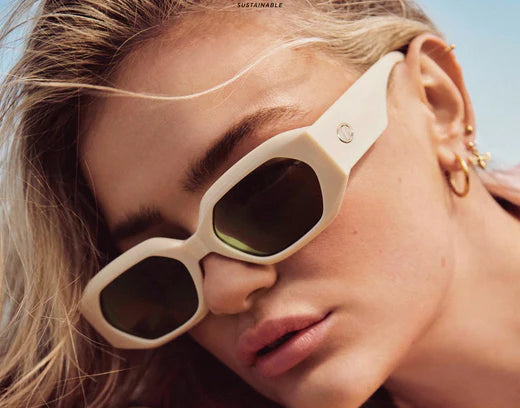
How to choose reef-safe sunscreen and why it's so important

When choosing a sunscreen we are told to check the factor or if it leaves us with a white cast, yet rarely are we informed about the harmful chemicals sued that can damage reefs in the ocean. Have you ever had the chance to visit a beautiful reef? They are made up of vibrant corals and exquisite marine life. It’s not common knowledge that chemical sunscreens can harm these reefs by impairing their growth. So how do we further protect our ocean, educate ourselves and select a sunscreen that is good for us and our planet? Styelle has all the answers for you…
What makes a safe sunscreen?
There are two key ingredients you need to remember and look out for, oxybenzone and octinoxate. They are frequently added by many companies to SPFs as they are effective at reflecting the harmful rays from the sun, however, these two ingredients are incredibly toxic to marine life. These two ingredients soak into the skin and absorb the UV rays as a chemical bond. Chemical being the key word here, any chemical sunscreens are not good for marine life! They bleach and harm the corals within the reef, and places such as Hawaii have even banned any products that include these ingredients.
So how do we shop and choose reef-safe sunscreen?
Unlike the terms, ‘environmentally friendly and ‘sustainable’ that are thrown around generously, the term reef-friendly is not regulated. So it is even easier to turn greenwashing into reefwashing. So it's down to us to actively check the ingredients list before we buy. But don’t worry you don’t have to memorize every single harmfulingredient (let's face it that may take a while) we have a list for you.
Another tip is to look out for the mineral size. So as we are purchasing mineral sunscreens over chemical sunscreens, there are still some things we need to consider. One, not all brands make it easy to spot chemical vs mineral sunscreens (the two main kinds on the market for us) that's what the list of ingredients is for. We know that chemical sunscreens have the toxic ingredients within their products. Two, when selecting a mineral sunscreen be sure to check the size of the mineral, keep an eye out for micro-sized minerals these are less toxic. A nanoparticle can be toxic in a very high concentration.
Look out for the following ingredients, see this as your checklist to make purchasing a reef-safe sunscreen as eas as possible.
- Oxybenzone
- Octinoxate
- Octocrylene
- Homosalate
- 4-methylbenzylidene camphor
- PABA
- Parabens
- Triclosan
- Any form of microplastic, such as “exfoliating beads”
Don’t know where to begin? Styelle just made life that little bit easier for you. Sunbutter sunscreen pride itself on its reef-safe ingredients with a huge range of SPF for you to choose from. From tinted to original, Sunbutter puts your skin first and the ocean.










